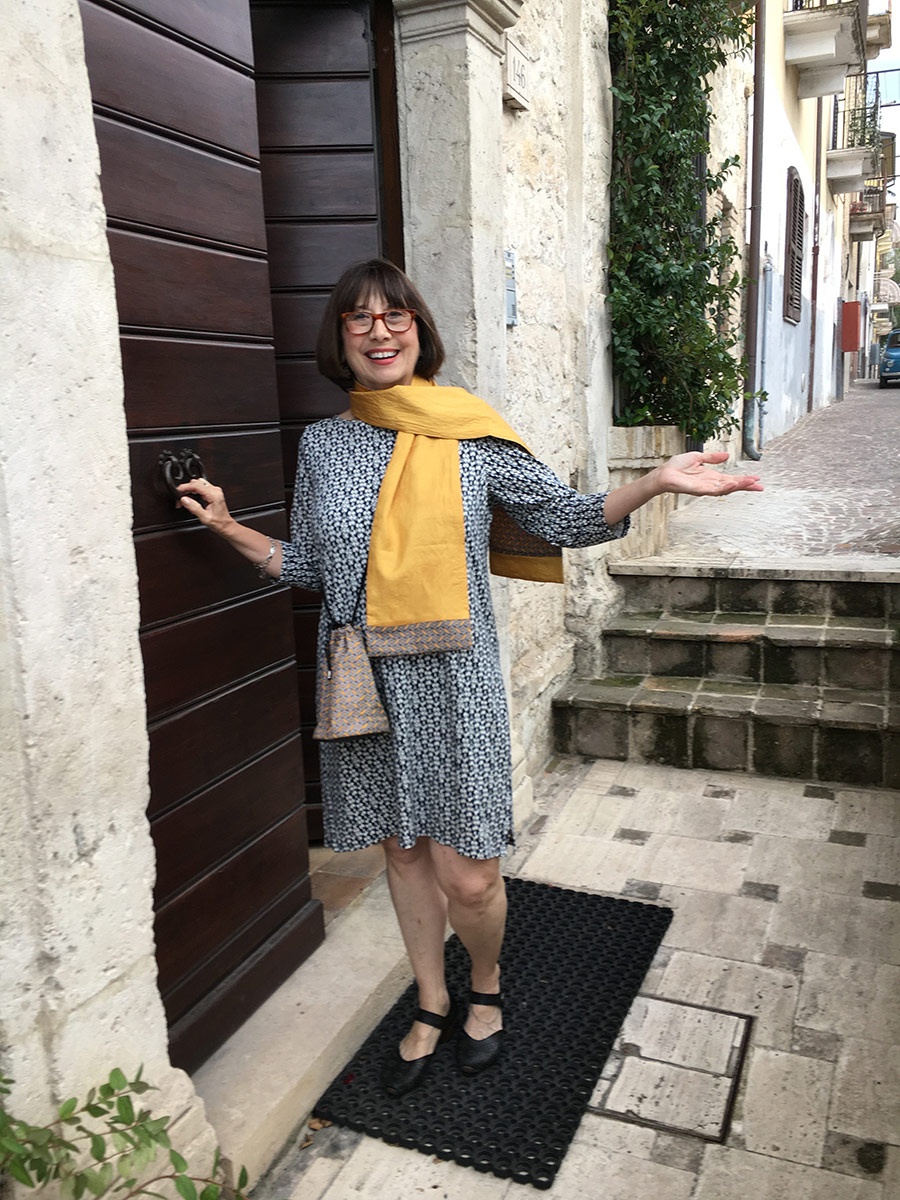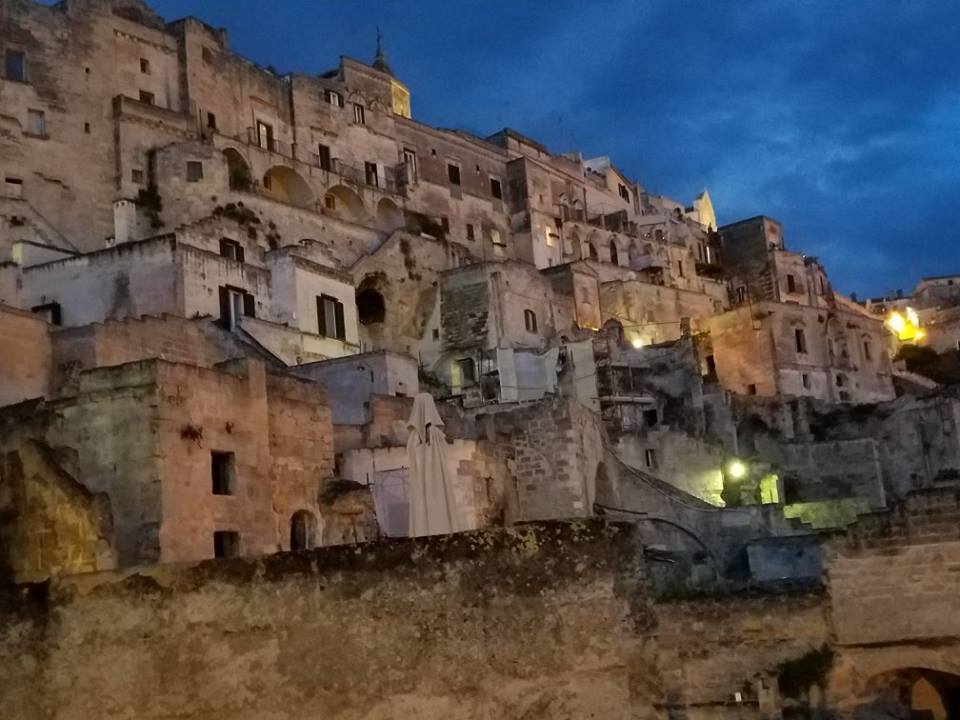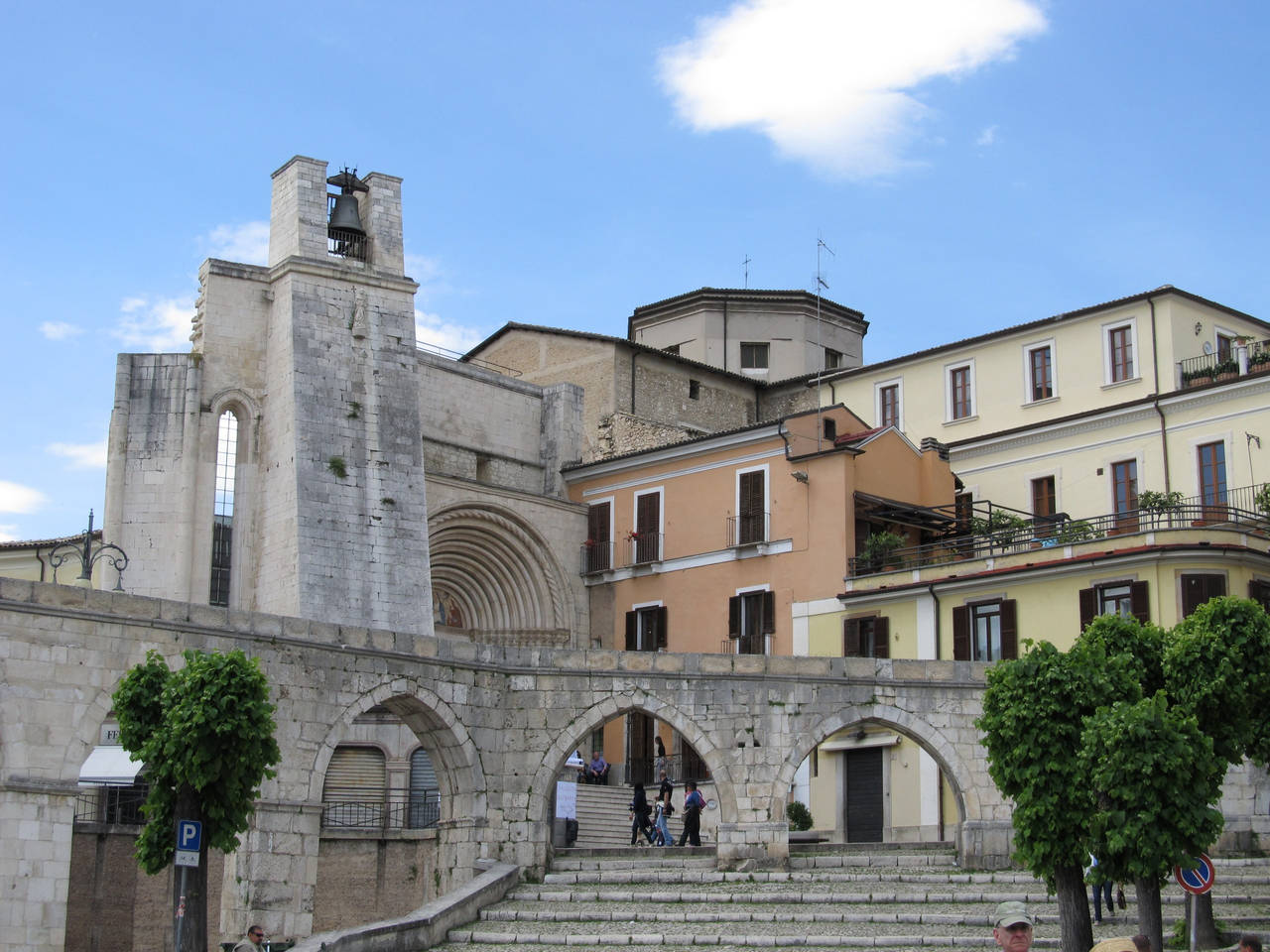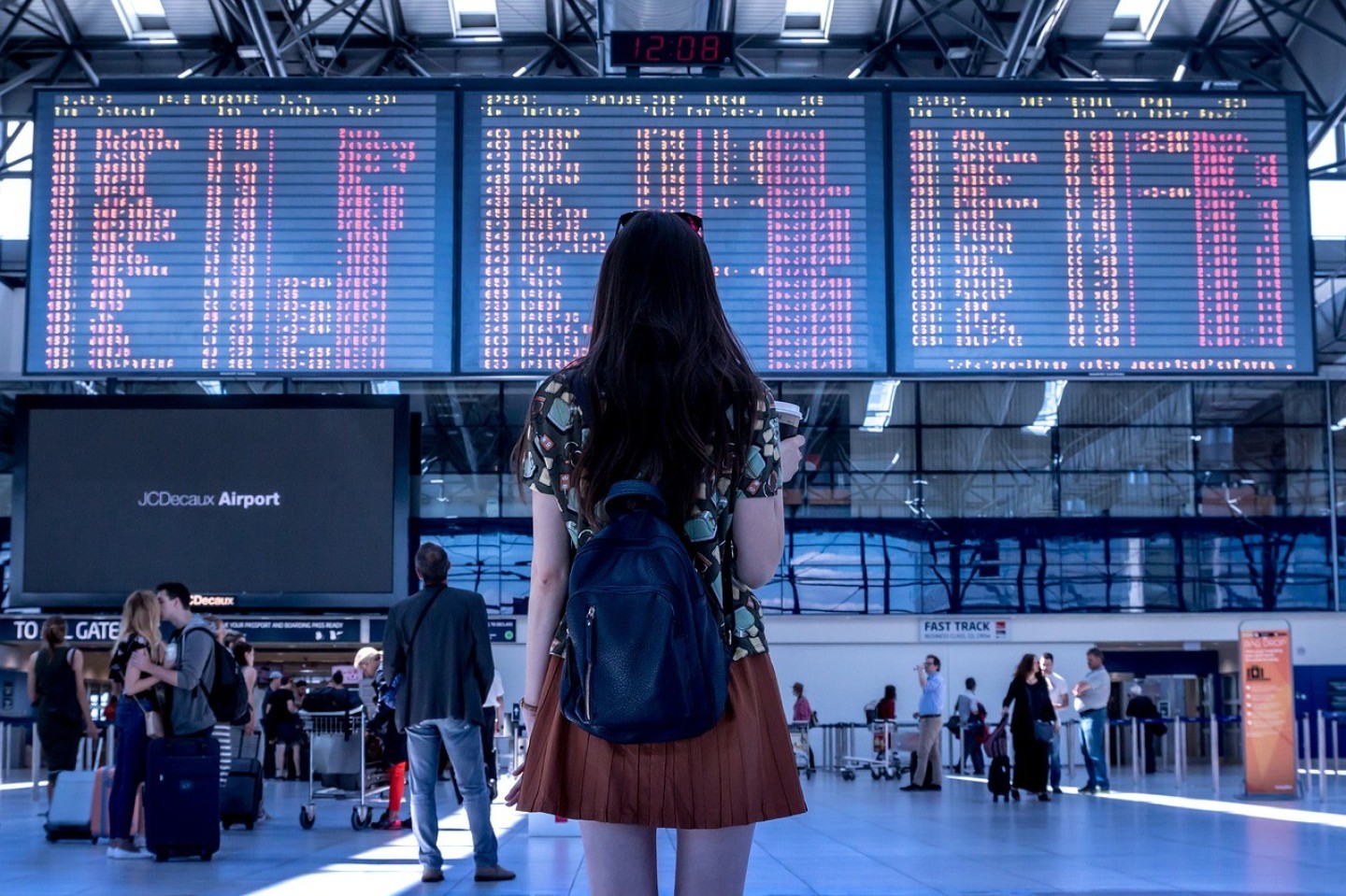If you let it, Italy will blow your mind. — Mario Scalzi
It happened quite by accident, and I was hooked. My first trip to Italy — back in the Spring of 2000 — was organized by some friends who said that we would be renting a villa. I had no idea what to expect. I looked up the word “villa” and here’s what I found: (a) a large, luxurious house in the country or (b) a house rented for a vacation. I immediately saw the potential discrepancy between these two definitions, but decided to go, anyway. Soon we were in the planning stages (all eight of us) and I felt a lot better about the whole thing. We opted for a five-bedroom place without a pool way out in the country about 18 miles northeast of Florence. All in all, it was a fabulous experience, and one that Tim and I have repeated many times.
More than half of the villas we’ve rented have been from Parker Villas, whose president and founder, Mario Scalzi, agreed to talk with me about how he came to be in this business, what he expects from his property owners and how Americans should approach a villa vacation. I hope you’ll be inspired to contact Parker next time you’re looking for a getaway, whether it’s a one-week vacation, a destination wedding or a family reunion. This is the way to see Italy.
LINDA: Thanks for talking with me today, Mario. First, can you tell us a little about your background and how you got started in the villa rental business?
MARIO: Thanks for having me, Linda. Well, it was 1993 and I was Vice President of Sales for a high tech company selling consulting services all over the world. I was based in London, having a great time and making good money. I had bought a little house in Tuscany and when I ended a contract, I decided that I’d take some time off. So I rented the little house and that’s how this thing kind of got started. It felt good to have people call and say, “I really had the time of my life.” So it’s never been about the money. I mean, you need money to operate, and you have to be profitable. But the satisfaction comes from doing it right.
LINDA: What’s your favorite part of Italy and why?
MARIO: I’d have to say Tuscany and Umbria because they’re those great “green places.” You go there and you just melt.
LINDA: Where do people most want to go in Italy — and has that changed over the years?
MARIO: It hasn’t really changed. Most people want to go to the same places: Tuscany, Umbria, the Amalfi Coast, the Lakes. The art cities of Rome, Florence and Venice. But more importantly, Americans want go where the movie was shot . . . where the book was written. Before Under the Tuscan Sun nobody had ever heard of Cortona; they didn’t know Tuscany from a hole in the wall. Frances Mayes put Tuscany on the map. And there are others — Enchanted April put the Italian Riviera on the map. Tea With Mussolini didn’t hurt. Stealing Beauty. A Month By The Lake. . . We want to go to places that we’ve heard about: Rome, Venice, Florence, Umbria, the Amalfi Coast, the Lakes. But then we want to go to the places that have inspired us in the movies.
LINDA: Where would you like first-timers to Italy to go?
MARIO: I’d like first-timers to go to Tuscany or Umbria, because that’s where the eye candy is. They’re going to look out and see those beautiful fields and all those stone buildings and fall in love. The other thing that a first-time traveler should do is rent a managed property. We have a new property in Tuscany called Porta del Chianti, for example, which has on-site management that’s there every day. So they will make restaurant reservations, tell you what you shouldn’t miss and who’s making the best food because of what’s in season. If you want daily maid service they can arrange it, and they’ll even bring you a buffet breakfast every morning if that’s what you want.
First-time travelers need to go to a place where everything around them is beautiful, that’s in close proximity to a few important destinations and has services included that provide them with suggestions and help. Mind you, a managed property is not the same as a five-star hotel, in that nobody’s going to come in at three o’clock in the morning and bring you a ham sandwich. But you get far more than just the key to a house and a few pamphlets.
LINDA: Where would you like to see people go so they can see something unique or unexpected?
MARIO: I’d like the art and architecture lovers to go to the art cities of the North — Parma, Verona, Treviso, Padova, Ferrara, Vicenza — because they’re beyond belief. And the people lovers, the experiential travelers . . . I’d love them to go to Abruzzo. The inquisitive friendliness of the Abruzzese is real. And the food is out of this world.
LINDA: Do you have any properties in Abrruzzo?
MARIO: I have one place in Sulmona, where George Clooney was just doing a movie. It’s called Cuoco d’Oro and is a big, gorgeous place that’s beautifully priced. The city is great and the villa is right off the main square.
LINDA: How is renting a villa different from staying in a hotel?
MARIO: The primary difference is cost. Renting a villa is far cheaper than getting all those hotel rooms. And there’s an added benefit, too. Where do you hang out in a hotel? The lobby? Do we all sit around my bed? The other thing is you want to make the vacation as fun as possible and the packing and unpacking is not the greatest part of any vacation. So when you’re in a villa, you unpack once and you can go out in different directions – it all depends on your limitations. Some people will go from Tuscany to Venice, 3.5 hours, and make it a day trip. You should draw a circle around your villa for as far as you think you can go in a day and use that as your guide. That way you can see all kinds of things, whether it’s big cities or just peaceful scenery and tiny little towns. And you can have an espresso in anybody’s piazza and it’s always going to be wonderful.
But to me the most important thing is perhaps the experience. Because a hotel is a hotel, whether it’s in Moscow or St. Petersburg, Florida. When you’re renting a home, part of the experience you enjoy is actually that home itself. You want to go a few steps to the outdoor market and haggle over the artichoke just for the fun of it. Who cares if, when you get home, you have no idea what to do with the darn thing? The fun was being able to go and put it in your little bag . . . it was part of the experience.
A villa lets groups spend quality time together. People often just look at the money aspect of it and say, “Oh boy, this is a real deal.” But it’s more than that. On the other hand, some people belong in hotels. Because if you want to be served breakfast in bed every day, then this probably isn’t for you.
LINDA: How does Parker Villas choose its villas? What do you look for in a rental property?
MARIO: We choose a property by visiting it and by meeting the people. Many companies these days have 6,000 rentals on their site – they don’t see anything in person. They get an offer from somebody to list their property and get the owner’s description and the owner’s photos and that’s it. We have very few properties at Parker Villas — but we visit every single one. If the place isn’t clean, we immediately walk out. If it doesn’t have air conditioning, we can negotiate that, but it has to be clean. In fact, in some cases, we talk to owners two years before the property is listed just so we can advise about bedrooms and bathrooms (we like an even ratio of the two) and A/C and so on. Good owners will work with us to make their property attractive to the American market. Understanding who we are as renters and who the Italians are helps us to bridge the gap between the two.
The villas we rent are exclusive to us. And exclusivity is important for two reasons: (1) it prevents double bookings (when you’re on 50,000 websites, how can you keep track?) and (2) when the owner derives 100% of his or her income from us, s/he is going to be a lot more responsive when my customer has an issue.
LINDA: What should travelers look for in a villa? Is there anything that you think people sometimes overlook?
MARIO: The first thing villa renters should concern themselves with is sleeping arrangements and the ratio of bedrooms to bathrooms. And they have to think about it carefully. We usually rent to groups of 6 or 8 or 12. And when we talk to them we find out that Aunt Mary can’t do steps and she needs a bathroom with a wide shower because she’s got mobility issues. And we say, well, there is such a bathroom here but it’s up 20 steps so this is not the villa for you. And it’s disappointing, because they’re looking at a picture of the most beautiful villa in the world. So we work with them to find one that meets all their needs, but we start with the sleeping arrangements.
The second thing is driving. Most Americans are OK with doing a country road for about a mile. So that beautiful property four miles up a country road? We let it go. Because the customer base has changed. When I started this business, most people were expecting the country road. But today’s customer isn’t. He or she is expecting to find all the comforts of home behind a 1,000-year-old façade in an easy-to-get-to place. From there they can spoke out in different directions and go wherever they want. And that’s what we focus on finding for them. And about driving: realistically, you should plan on having one car for every four people. That allows for flexibility during your stay and keeps larger groups out of mini-vans, an experience which gets old after about two days.
LINDA: Sometimes, something goes wrong. A key is lost. Or the lights go out. How do you handle things like this?
MARIO: If you’re in a managed property, someone is always there to help. But even if you’re not, in every single property we rent there’s a caretaker who works for the owner. So whether the caretaker lives a mile away or next door, there’s always somebody who’s responsible for that property that you can easily reach. That’s the first line of defense.
With any villa rental company, anywhere in the world, there’s always a keyholder somewhere. If you lose your key or the water heater dies, you go to the keyholder. But what Parker does is go a step beyond that. We have our own office in Italy and we provide customer service 7 days/week. So if something goes wrong, you pick up the phone and call an Italian phone number and once you state your name, that person knows exactly where you’re staying because they’re our employees and are on the same system we’re on. And if the caretaker or homeowner was not able to resolve the problem, that’s when Parker steps in. We’ll either attempt to resolve the problem or, if the problem is of a major nature — like you’re going to be out of hot water for two days — we’ll just pick you up and move you to another villa at our expense.
The motivation behind our aggressive customer service is that we are Americans. Unlike Europeans —who have a month of vacation — we Americans (if we’re lucky) get two weeks a year. If that two weeks gets messed up – that’s it. To us, the sanctity of the American vacation is why we do this. And I think that’s why we have such a loyal following. We want to run our business in a way that keeps people coming back to us and that makes us all proud.
LINDA: Given the current economic situation, have you had to adapt your business at all to meet people’s changing needs?
MARIO: Rather than attempting the “sale” strategy that I see with other travel companies, we’ve been renegotiating lower prices with 80% of our owners. It’s not about having a sale. It’s about going forward into the future. Remember: I’m the exclusive guy, and I want repeat business. We’re not in the listing business; we’re the company that says to you, “This is our recommendation.” So our reputation is on the line every day.
What we’ve done is go back to the owners and say, You know what? You’ve got to give a good deal and a good deal more. So you’ve got to do a little something extra. How about you – you’re in the wine business. How about doing a free wine tasting in your cellar for these people? You’re a chef? Great. Why don’t we have a pizza night? It’s going to be part of the experience. We’re going to list it in the description and say that during the week that you’re there, the owners will . . . You get the idea.
So it’s not just about lower prices, it’s also about providing even more value. And we’ve been working very hard to deliver that.
LINDA: How do people find Parker Villas? And what should they do if they want to rent a villa with you?
MARIO: They simply go to our website at www.parkervillas.com, where they can search all of our properties and see what suits them — location, size, amenities, and so on. Then they can call us directly at 1-800-280-2811 or go online and book something — but if you’re in the States, going online will trigger a phone call from us, during which time we’ll ask a lot of questions to make sure it’s the right place for you.
LINDA: Thank you!
MARIO: My pleasure. It’s been fun.
Buon viaggio!

Linda Dini Jenkins is a card-carrying Italophile, travel planner, freelance writer, and amateur photographer. Travel is her passion, so writing about her travels just comes naturally. She hopes all her travelers find a way to express their joys, surprises, and fears as they travel and gives every traveler a nifty journal to help smooth the way. Learn more…




































Recent Comments